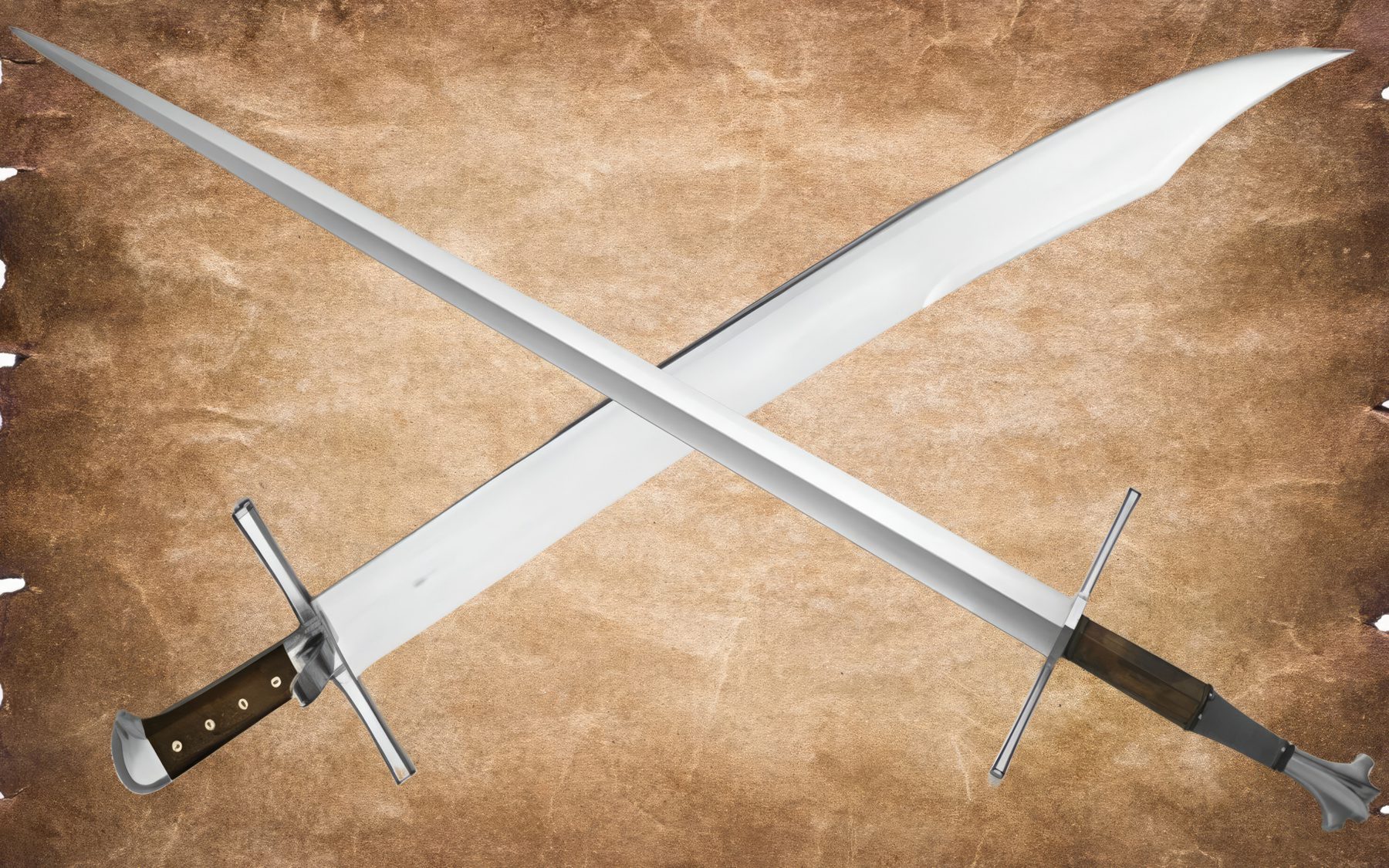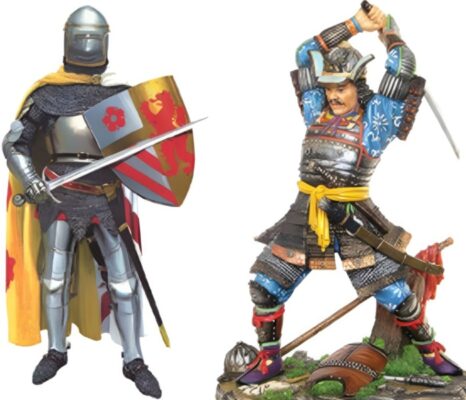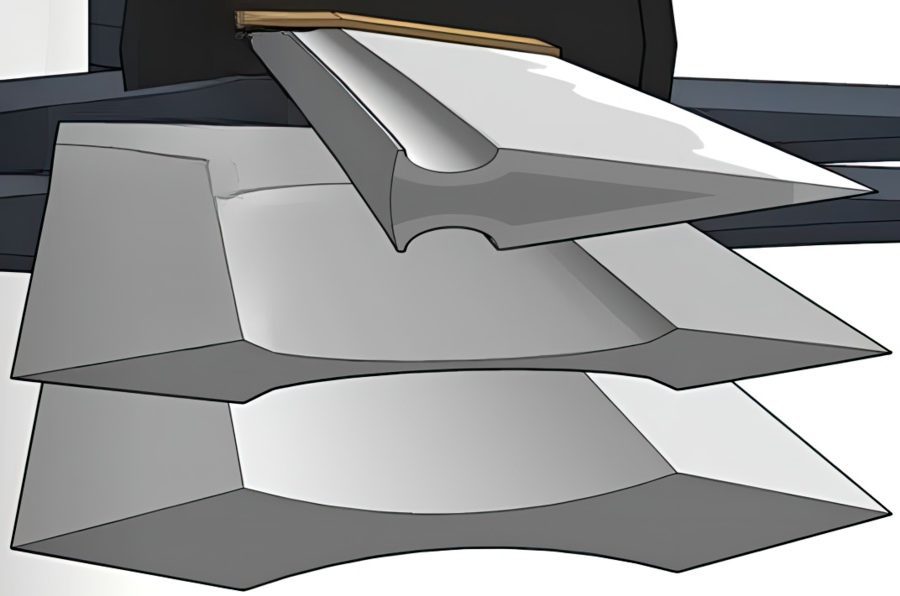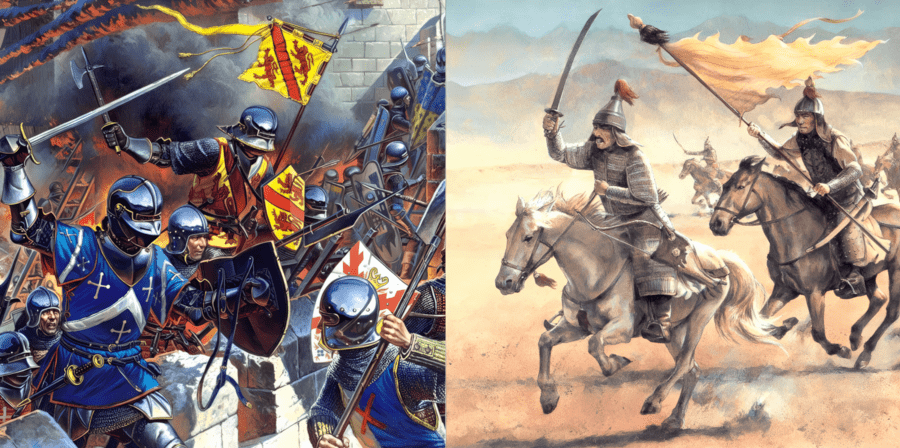Single-Edged Vs. Double-Edged Swords: Which is Better?
NO AI USED This Article has been written and edited by our team with no help of the AI

Throughout history, swords have had either a single or a double-edged blade. One group is better at thrusting, the other at slashing, and some are suited to both.
For a long time, double-edged swords were favored on the battlefield, but they were gradually replaced by their single-edged counterparts. There were periods when the two types of weapons coexisted, which suggests that they had adapted to serve different purposes. This consideration alone makes it difficult to say which is superior.
In this article, we cover the main differences between single and double-edged swords and discuss the reasons why a soldier might favor one over the other.
Main Design Differences

The main difference between the two weapons is obvious. Single-edged swords have a single sharpened edge, while double-edged swords have two, one on either side of the blade. The edge extends from the handle to the top of the blade.
Single-Edged Swords

Most single-edged swords are curved, although some, like the ninjato, tangdao, backsword, and falchion, can be straight. They have an unsharpened spine on the non-cutting edge and occasionally feature a fuller to decrease the weapon’s weight.
The curvature of the blades can vary considerably. There are swords like the shamshir, katana, and tachi, which have pronounced curves. Then there are swords like the miaodao, with blades that curve only slightly. They generally have a uniform taper, although some, like the kilij, broaden towards the tip.
Double-Edged Swords

Double-edged swords are generally straight, although they can vary significantly in terms of their design. Some, like the Viking sword, have a broad blade, while others, like the longsword, taper gradually. In the case of the rapier and the smallsword, the blade is slim and pointy.
The core and spine of the double-edged sword are at the center and these are sometimes reinforced with a mid-rib or fitted with a fuller to decrease the weight. Some blades have an unsharpened part near the guard useful for unique grips called a ricasso.
Double-Edged – Double the Benefits?
A double-edged blade has both positives and negatives. One of the major benefits is that it allows the wielder more fluidity in attack by quickly shifting from one edge to the other. Here are some other major positives:
- Against Armor – penetrates gaps in armor more easily
- Versatility – allows for more methods of attack/defense (including the use of the pommel)
- Thrusting – concentrates the force of a thrust in the tip of the blade
- Formation Fighting – better at tight formation fights with shields
- Durability – if one edge wears out there is always a second
“Straight double edges permit cutting along 16 different lines of attack compared to eight with a single-edged curved blade”, says John Clements, an expert in sword martial arts (e.g. HEMA) with decades of experience.
Double-edged swords have drawbacks, too. They are more expensive and harder to craft. This is one of the reasons they were replaced over time by single-edged alternatives (for example, the Chinese double-edged jian was replaced by the single-edged dao).
Shorter double-edged swords, like the gladius, were easy to train with, but larger, two-handed weapons were very hard to master.
Why Just a Single-Edge?

A single-edged weapon may limit certain combat options while opening up others. For instance, the blade of a single-edged weapon can be thicker, broader, and sharper because the steel has more room to bevel to its sharp edge.
Here are some major benefits of single-edged swords:
- Slashing / Cutting – the curvature and bevel allow for a slightly deeper cut
- Blade Edge Alignment – design allows for smooth entry and exit of the blade upon impact
- Cavalry – allows for a deeper and deadlier cut when taking into account the horse’s momentum
- Maintenance – easier to maintain and cheaper to produce
- Training – easier to master, especially in the case of short swords like kukri or machetes
These weapons also come with drawbacks. Even though a single-edged blade can be made sharper than a double-edged one, this will decrease the weapon’s durability. Single-edged swords also have limited versatility and are more predictable in some scenarios. And most single-edged blades won’t thrust as deep as double-edged ones.
Which is the Better Sword? – Double vs Single Edge

As you can see, reaching a conclusion about which sword is better is not straightforward. In fact, it is impossible to give a general answer. The single and double-edged sword each have their own advantages and disadvantages and each proved a very effective weapon at various points in history.
For example, Mongol swordfighters used curved single-edged blades because they relied more heavily on mounted units. In Europe, however, the 15th-century double-edged blade evolved as a tool against armor during the Middle Ages and remained popular for as long as plate armor was in use.
That being said, if matched in a duel we would favor the double-edged sword due to its attacking and blocking versatility.

